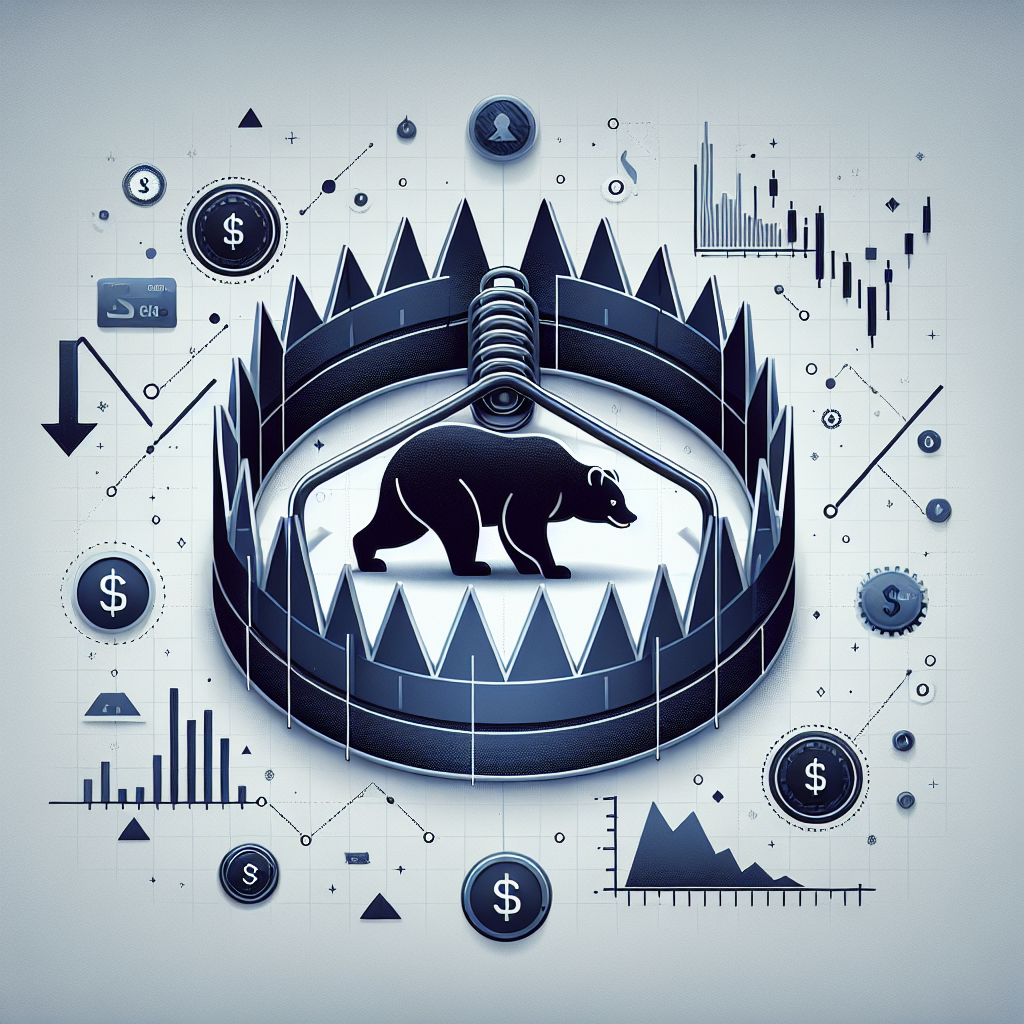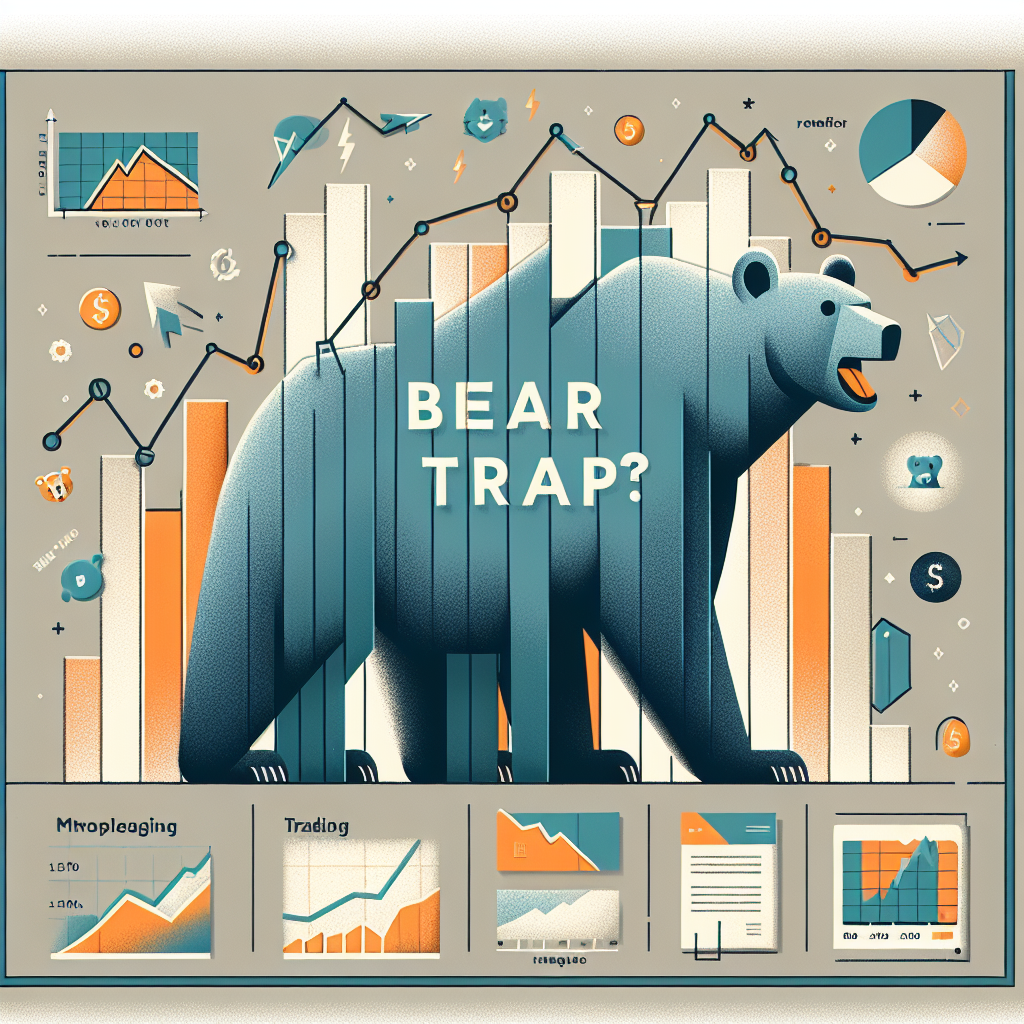
What Is a Bear Trap in Trading? Understanding the Risks and Strategies
Introduction
Defining a Bear Trap in Trading
The Anatomy of a Bear Trap
Preceding Market Conditions
The False Breakdown
The Reversal and Catching the Trap
Why Do Bear Traps Occur?
- Market Psychology: Traders often react emotionally to sharp price movements, leading to herd behavior and exaggerated reactions.
- Stop-Loss Hunting: Larger market participants may deliberately push the price below key support levels to trigger stop-loss orders, then reverse the move to profit from the ensuing chaos.
- Technical Traps: Certain chart patterns, such as head and shoulders or false breakouts, are prone to misinterpretation, creating opportunities for traps.
- Market Manipulation: In less regulated or lower liquid markets, manipulation can create false signals to deceive retail traders.
Identifying a Bear Trap
Technical Analysis Clues
- Volume Spikes: A false breakdown often occurs with high volume initially, but volume diminishes as the reversal resumes, indicating a trap.
- Wicks and Shadows: Long lower wicks on candlestick charts after a breakdown suggest that sellers attempted to push the price lower but were rejected.
- Divergences: Technical indicators such as RSI or MACD may show bullish divergences even when the price signals a decline, hinting at a potential trap.
- Failure to Follow Through: After a breakdown, if the price quickly recovers above the support level without further decline, it is a sign of a false move.


